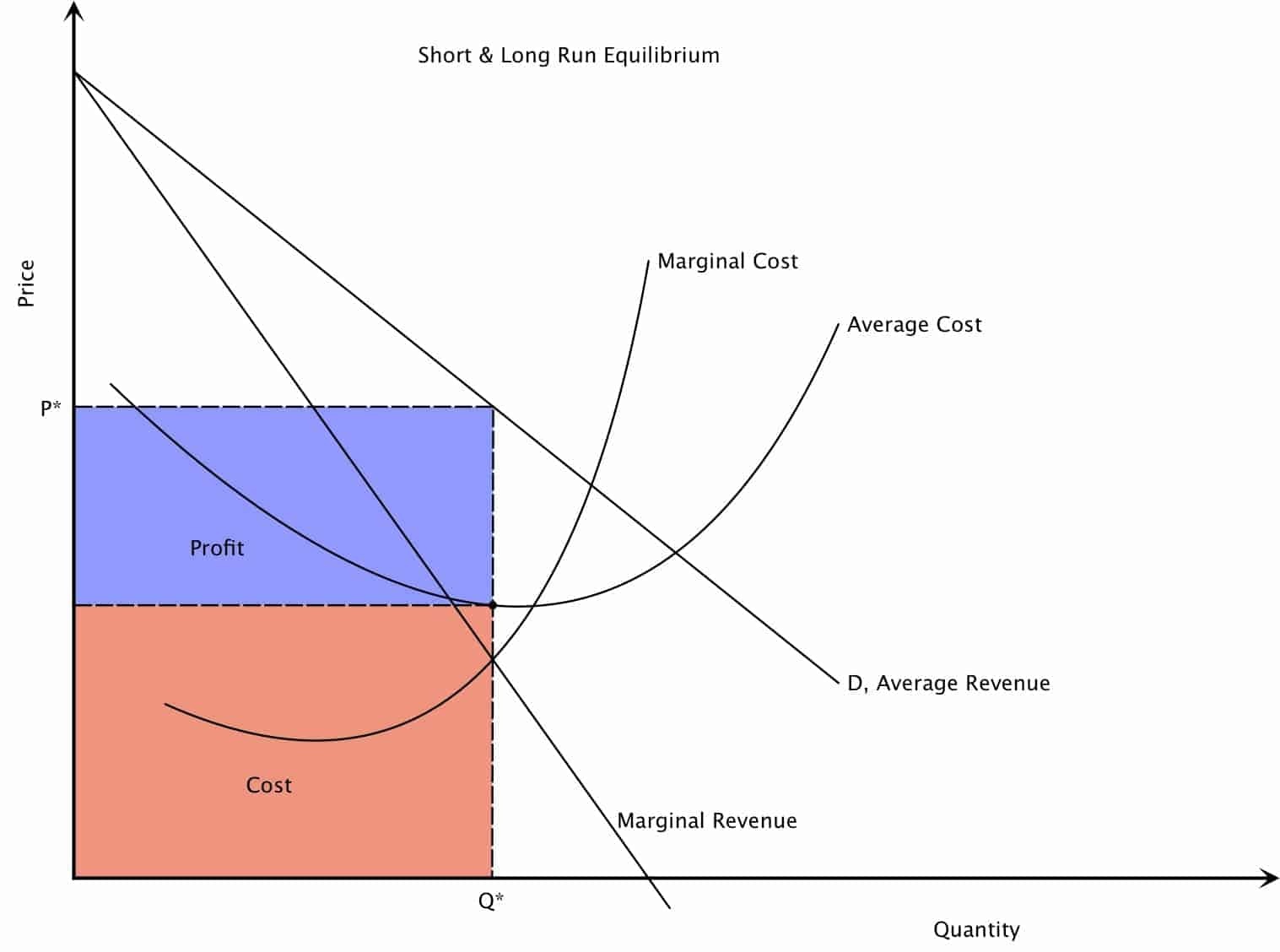


Whether, and how, government should regulate monopoly is controversial among economists. In other words, selling at a competitive price would transfer $400 from the monopolist to consumers and create an added $220 of value for society.

The monopolist would lose $400 (200 units times the $2 per unit reduction in price), but consumers would gain the same $400. But the monopolist chooses not to produce the extra 220 units because to sell them at $5 apiece he would have to cut the price on the other 200 units from $7 to $5. Producing the extra 220 units, therefore, would benefit society to the tune of $220. Because the monopolist would cover his costs of producing the extra 220 units, he would lose nothing. These additional 220 units would cost only $5 each, so the consumer would gain 220 × $1 of satisfaction if the competitive price of $5 were set. Let us assume these additional 220 units have an average value of $6 for consumers. Now, as these individuals have no advantage given them by the law over other persons, it is clear they can only sell more of their commodity than other persons by producing the commodity cheaper and better.Ĭustomers would be delighted to buy 220 more units if the price were $5: the demand schedule tells us they value the extra 220 units at prices that do not fall to $5 until they have 420 units. If a number of individuals were to unite for the purpose of producing any particular article or commodity, and if they should succeed in selling such article very extensively, and almost solely, such individuals in popular language would be said to have a monopoly. It seems then that the word monopoly was never used in English law, except when there was a royal grant authorizing some one or more persons only to deal in or sell a certain commodity or article. This belief was well expressed in an excellent article on monopoly in the Penny Cyclopedia (1839, vol. The only monopolies that could persist, they thought, were those that got the government to exclude rivals. Before and during the period of the classical economics (roughly 1776–1850), most people believed that this process of monopolies being eroded by new competitors was pervasive.


 0 kommentar(er)
0 kommentar(er)
